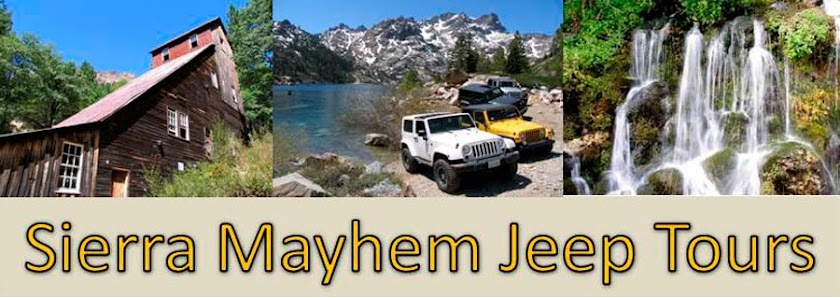 |
| Road Into Warm Springs Camp |
Warm Springs has been host to human activities at least since the Panamint Shoshone used the springs as their winter camp and probably much earlier by the Paleo-Indians as evidenced by nearby petroglyphs. Tribal Chief “Panamint Tom” built a ranch on the site near the end of the 1880’s with over one hundred fifty fruit trees, only to be washed away in a catastrophic flood in 1897. Located along the Mengel Pass OHV trail it is definitely worth a stop.
In the 1930’s a mining camp was established at Warm Springs by a woman named Louise Grantham. Louise, with the help of a prospector nicknamed “Siberian Red” better known as Ernest Huhn, claimed and worked eleven talc claims in the area. Talc demand continued to grow thru the 1940s’ and the Grantham mine produced over 830,000 tons of talc helping make Louise one of the most financially profitable women in Death Valley. Johns-Mansville Products bought the property in 1972 and continued mining for another 15 years. This site has given talc miners a relaxing base camp under the large imported salt cedar trees for many years.
Also in 1939 with the availability of water from the springs a gold mill was set up to process ore from the Gold Hill Mine farther up canyon. The mill contains a power-driven arrastra with an oil-burning hot-shot engine that drove an elaborate arrangement of flywheels, a belt and pulley system, and drive shafts that operated the mill machinery. Also included are a Blake jaw crusher; a cone crusher; bumping and concentrating tables; a cylindrical ball mill; an ore bin and chute; an unloading platform; a conveyor system; and other processing equipment. This equipment is in remarkably good condition even today and offers a glimpse into the past mining activity in the valley.
Warm Springs Camp is almost entirely intact, and includes several buildings (one with an impressive fire place), a swimming pool built around 1967 and filled from Warm Springs which flows at 5 gallons a minute though currently not in use. Warm Springs Camp was last used by Pfizer Inc. to house workers for the nearby White Point Talc Mine. It wasn’t abandoned until the early 1980s and donated to the park service in 1984.
 |
| Mike Snyder Photography |



















